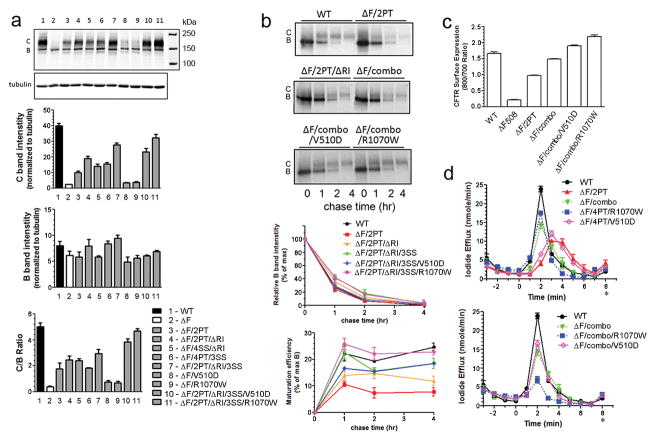Figure 1. Combinations of NBD1 stabilizing mutants are additive in promoting ΔF508 CFTR maturation and channel function.
(a). Western blot analysis of BHK cells stably expressing WT and ΔF508 CFTR with various rescuing mutants grown at 37°C. The intensity of complex glycosylated mature CFTR (C band) and core glycosylated immature CFTR (B band) was quantified and C/B ratio was calculated. Data plotted are mean and standard deviation (N=3). 2PT: S492P/A534P/I539T; 4PT: 2PT+S422P/S434P; 3SS: G550E/R553M/R555K; 4SS: 3SS + I539T; ΔRI: deletion of regulatory insertion amino acids 404–435; combo: ΔRI + 2PT + 3SS. (b). Pulse chase labeling of BHK cells stably expressing CFTR variants. Autoradiograms shown were quantified electronically, and rates of disappearance of immature precursors (B band) and appearance of mature products (C band) were graphed. N=3. ΔF/combo: ΔF508 with 2PT/ΔRI/3SS mutations. (c). Cell surface expression of CFTR on BHK cells expressing WT and Δ F508 CFTR variants with an epitope tag were measured by on cell Western. (d). Channel activity measurement by iodide efflux assay on BHK cells expressing CFTR variants. The values represent the mean ± SD of the amount of iodide released from the cells during the 1 min interval (N=4).

